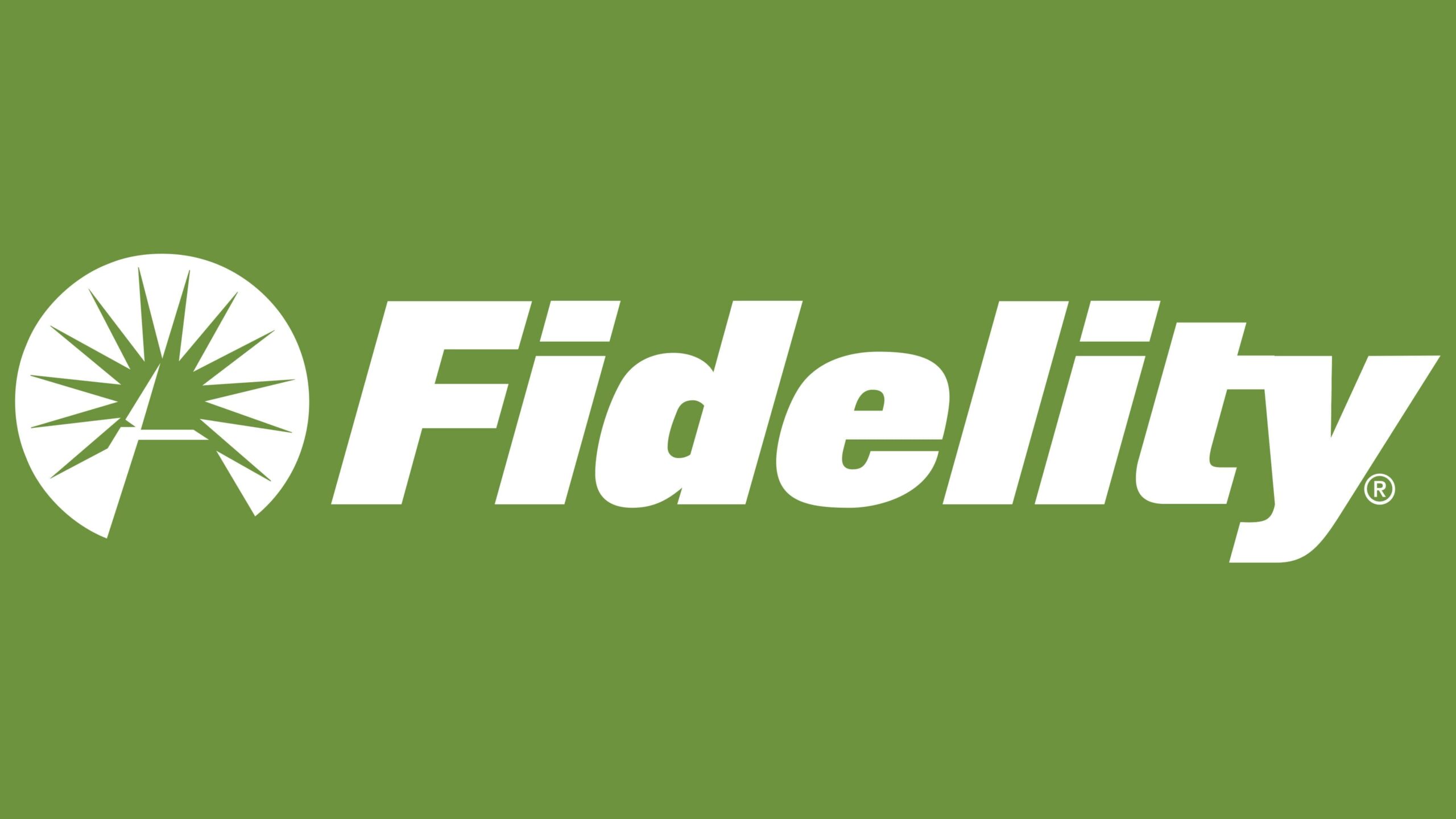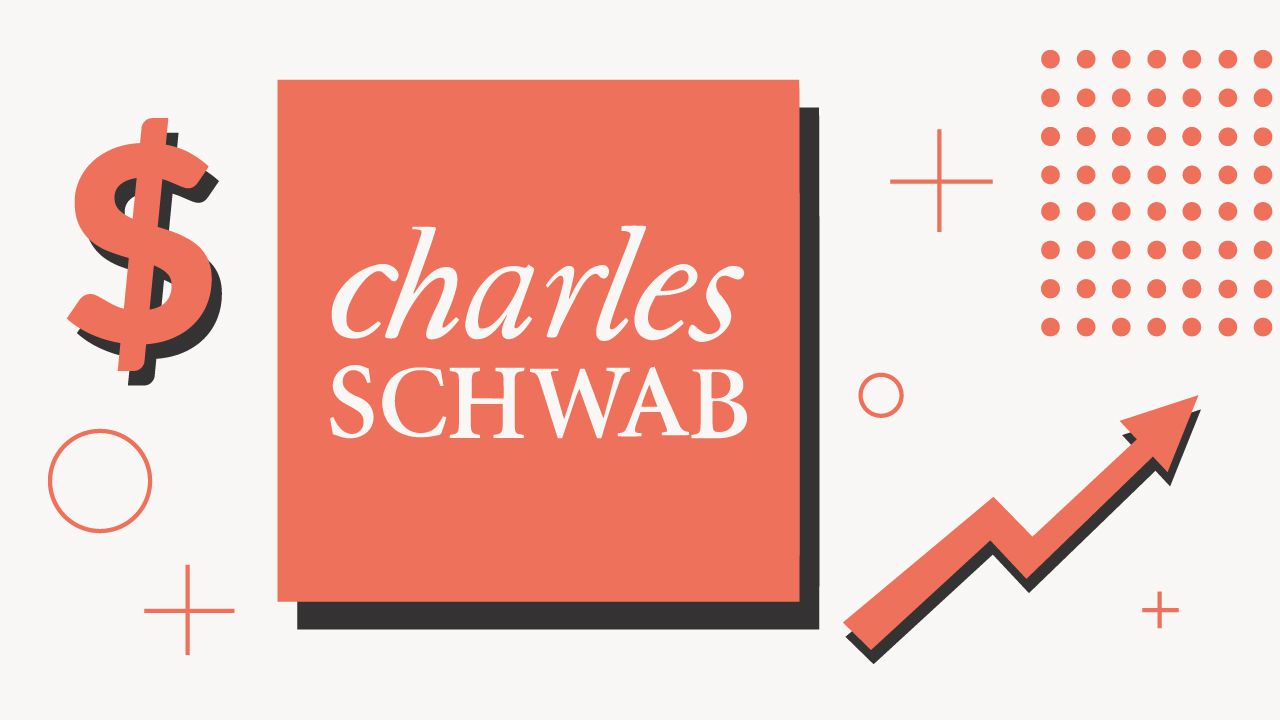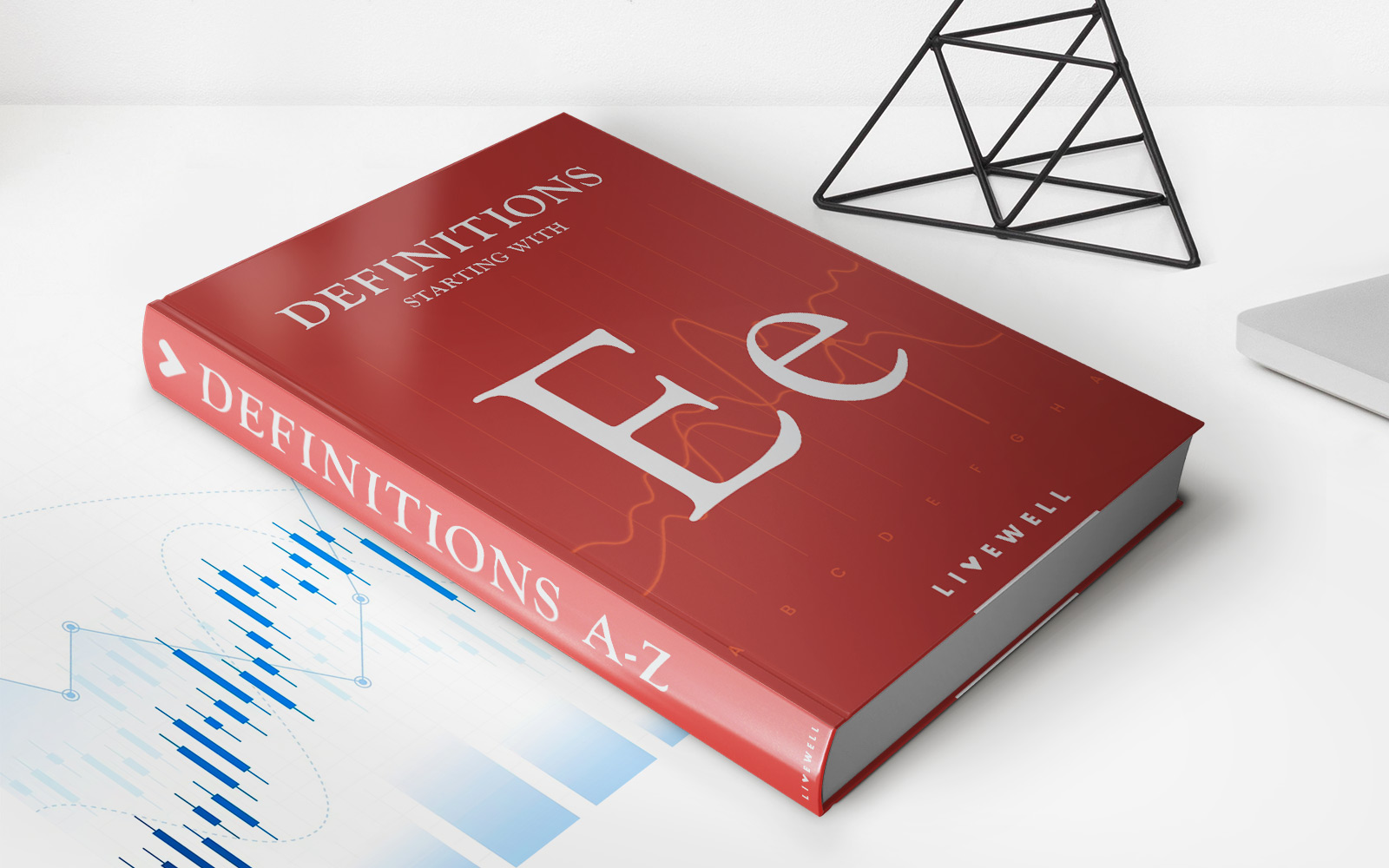

Finance
How To Buy A Savings Bond For A Child
Published: January 16, 2024
Learn how to buy a savings bond for a child and secure their financial future. Explore finance options and make a wise investment choice.
(Many of the links in this article redirect to a specific reviewed product. Your purchase of these products through affiliate links helps to generate commission for LiveWell, at no extra cost. Learn more)
Table of Contents
- Introduction
- Step 1: Understand what a savings bond is
- Step 2: Determine the type of savings bond to purchase
- Step 3: Gather necessary information and documents
- Step 4: Choose the purchase method
- Step 5: Complete the purchase
- Step 6: Consider setting up a TreasuryDirect account
- Step 7: Understand the tax implications
- Step 8: Review and keep track of the savings bond
- Conclusion
Introduction
Buying a savings bond for a child is not just a thoughtful gift, but also a great way to help them build a strong financial foundation. Savings bonds are low-risk investments issued by the U.S. Department of the Treasury to finance government operations. They offer a safe and secure way to save money over time, with the added benefit of potentially earning interest.
Whether you are a parent, grandparent, or a family friend, purchasing a savings bond for a child can provide them with financial security and teach them important lessons about saving and investing. In this article, we will guide you through the step-by-step process of buying a savings bond for a child, ensuring that you make informed decisions and maximize the benefits for the young recipient.
Before diving into the details, it’s important to note that there are two types of savings bonds available for purchase: Series EE and Series I bonds. Series EE bonds earn a fixed rate of interest, while Series I bonds earn a combination of a fixed and inflation-adjusted rate. Understanding the differences between these bonds will help you make the right choice based on your unique circumstances and the child’s financial goals.
Now, let’s explore the steps involved in purchasing a savings bond for a child:
Step 1: Understand what a savings bond is
Before buying a savings bond for a child, it’s essential to understand what a savings bond actually is. Simply put, a savings bond is a debt security issued by the U.S. Department of the Treasury. When you purchase a savings bond, you are effectively lending money to the government.
Here are a few key points to help you grasp the concept:
- Savings bonds are considered one of the safest investment options available. They are backed by the full faith and credit of the United States government, which means that you can trust in their reliability and stability.
- Unlike stocks or mutual funds, savings bonds are not affected by market fluctuations. They offer a guaranteed return on your investment and protect your principal.
- Savings bonds have a fixed term, typically ranging from 20 to 30 years. However, they start to earn interest from the moment they are issued, making them a great long-term investment for a child’s future.
- Interest on savings bonds is compounded semiannually, meaning that interest earned in each six-month period is added to the bond’s principal.
- When the bond reaches maturity, it stops earning interest and should be cashed out or redeemed.
Understanding these basics will help you make an informed decision when purchasing a savings bond for a child. It’s important to note that savings bonds are not intended for short-term gains or rapid wealth accumulation. Rather, they are a methodical way to save money and grow it over time.
Now that you are familiar with the fundamentals of savings bonds, let’s move on to the next step: determining the type of savings bond to purchase.
Step 2: Determine the type of savings bond to purchase
When buying a savings bond for a child, the next step is to determine the type of bond that best suits your needs and financial goals. There are two main types of savings bonds: Series EE and Series I.
Series EE Bonds:
Series EE bonds are the most common and widely available type of savings bond. These bonds have a fixed interest rate and can be purchased at face value. The interest on Series EE bonds is usually compounded semiannually and accrues for up to 30 years. One significant benefit of Series EE bonds is that they can be cashed out at any time after 12 months, although redeeming them earlier than five years may result in the loss of the last three months of interest.
Series I Bonds:
Series I bonds, on the other hand, earn a combination of a fixed interest rate and an inflation-adjusted rate. The interest rates on Series I bonds are determined by a combination of fixed and variable factors, which are updated every six months. The principal and interest of Series I bonds are adjusted for inflation, providing a hedge against rising prices. Series I bonds have a maturity period of up to 30 years, and like Series EE bonds, they can be cashed out after 12 months. However, redeeming them before five years will result in the loss of the last three months of interest, similar to Series EE bonds.
When choosing between Series EE and Series I bonds, consider factors such as the current interest rates, your investment horizon, and your tolerance for inflation risk. If you prefer a fixed interest rate without the worry of inflation eroding the value of your investment, Series EE bonds may be the better option. On the other hand, if you want the potential for higher returns that can keep up with inflation, Series I bonds may be more suitable.
Ultimately, the choice between Series EE and Series I bonds will depend on your individual preferences and goals. By carefully considering the features and benefits of each type, you can make an informed decision that aligns with your child’s financial future.
Now that you have determined the type of savings bond to purchase, it’s time to move on to the next step: gathering necessary information and documents.
Step 3: Gather necessary information and documents
Before you can purchase a savings bond for a child, it’s important to gather all the necessary information and documents. This will ensure a smooth and efficient process. Here’s what you’ll need:
- Child’s Social Security Number: You will need the child’s Social Security number to set up the savings bond account in their name. If the child doesn’t have a Social Security number, you may need to explore alternative options or consult with the financial institution from which you plan to purchase the bond.
- Your Personal Information: Prepare your own personal information, including your name, address, and Social Security number, as this will be required during the purchase process.
- Funds for Purchase: Determine the amount you plan to invest in the savings bond. Keep in mind that there are minimum and maximum limits for purchasing savings bonds, which may vary depending on the type and series of the bond.
- Bank Account Information: If you are purchasing the savings bond through a financial institution, you will likely need your bank account information to facilitate the transaction. This may include your account number and routing number.
It’s important to ensure the accuracy of all the information you provide when purchasing a savings bond. Any discrepancies can lead to delays or complications in the process. Take the time to double-check all details and gather the necessary documents beforehand.
Additionally, if you are purchasing the savings bond through a financial institution, it may be helpful to contact them in advance to confirm the specific requirements and any additional information they may require.
Once you have gathered all the necessary information and documents, you can proceed to the next step: choosing the purchase method.
Step 4: Choose the purchase method
When buying a savings bond for a child, you have several options for the purchase method. The choice of method depends on your convenience, accessibility, and personal preferences. Here are the common methods you can consider:
- TreasuryDirect: TreasuryDirect is an online platform provided by the U.S. Department of the Treasury that allows you to purchase, manage, and redeem savings bonds electronically. This method offers the convenience of online transactions, secure account management, and the ability to purchase savings bonds as gifts. To use TreasuryDirect, you will need to set up a TreasuryDirect account, which requires a valid email address and a Social Security number.
- Financial Institution: Many banks and credit unions offer the option to purchase savings bonds directly. You can contact your preferred financial institution to inquire about their process and requirements for buying savings bonds. This method may involve visiting a branch in person or completing the transaction online through the financial institution’s website.
- Payroll Savings Plan: If you are an employee, you may have the option to purchase savings bonds through a payroll savings plan. This method allows you to contribute a portion of your salary towards the purchase of savings bonds on a regular basis. Check with your employer to see if they offer this option.
- TreasuryDirect Gift Box: If you want to present the savings bond as a physical gift, you can consider purchasing a TreasuryDirect Gift Box. This option is available through TreasuryDirect and allows you to receive a paper bond certificate that can be personalized and presented to the child.
Consider the advantages and convenience of each method when making your decision. It’s important to note that not all methods may be available or suitable for purchasing savings bonds for a child. Take into account factors such as ease of use, fees (if any), and the level of assistance or guidance provided.
Once you have chosen the purchase method, you can proceed to the next step: completing the purchase. Keep in mind that each method may have specific instructions and requirements, so be sure to follow the appropriate process.
Step 5: Complete the purchase
Now that you have chosen the purchase method, it’s time to complete the process of buying a savings bond for a child. The specific steps may vary depending on the method you have selected, but here are the general guidelines to follow:
- Provide the necessary information: Whether you are purchasing the savings bond through TreasuryDirect, a financial institution, or another method, you will need to provide the required information. This typically includes the child’s Social Security number, your personal information, and the amount you wish to invest.
- Review the details: Before finalizing the purchase, carefully review all the information you have provided. Ensure that everything is accurate and correct, as any mistakes could result in delays or complications.
- Confirm the payment: If required, provide the necessary payment information to complete the transaction. This may involve entering your bank account details, credit card information, or other payment options offered by the chosen method.
- Receive confirmation: Once the purchase is complete, you should receive a confirmation of the transaction. This may be in the form of an electronic receipt, a confirmation email, or a physical document, depending on the method you used.
If you have any questions or concerns during the purchasing process, don’t hesitate to reach out to the appropriate customer support or contact the financial institution you are working with. They will be able to assist you and provide any necessary guidance.
Keep in mind that savings bonds typically have a time delay between the purchase and their issuance, especially when using electronic platforms. The issuance process may take a few days or even longer, depending on the specific circumstances. Be patient and allow sufficient time for the bond to be processed and issued before expecting to receive it.
With the purchase completed, you have successfully taken the necessary steps to buy a savings bond for a child. The next step is to consider setting up a TreasuryDirect account, which we will explore in the following step.
Step 6: Consider setting up a TreasuryDirect account
Setting up a TreasuryDirect account is an optional step, but it can offer several benefits when purchasing savings bonds for a child. A TreasuryDirect account allows you to manage your savings bonds electronically and provides convenient access to your investment. Here are some reasons to consider setting up a TreasuryDirect account:
- Easy management: With a TreasuryDirect account, you can view and manage all your savings bonds in one place. This includes tracking their value, monitoring interest accrual, and accessing important documents.
- Convenient online transactions: The TreasuryDirect platform allows you to buy, redeem, and exchange savings bonds online. This eliminates the need for paper forms and expedite the process.
- Simplified record-keeping: By using a TreasuryDirect account, you can easily organize and store electronic records of your savings bond transactions. This makes it simpler to keep track of your investment and access historical information if needed.
- Easier management of multiple bonds: If you plan to purchase multiple savings bonds for a child or for other purposes, a TreasuryDirect account can help streamline the management of your portfolio.
- Gifting options: TreasuryDirect offers gifting features, allowing you to purchase savings bonds as gifts directly through the platform. This can simplify the process of buying bonds for multiple recipients.
Setting up a TreasuryDirect account is free, and the process can be completed online. You will need to provide some personal information, including your Social Security number and email address. Additionally, it’s important to note that minors cannot have their own TreasuryDirect accounts, so the account would be set up in your name if you are purchasing savings bonds for a child.
While setting up a TreasuryDirect account is not mandatory for purchasing savings bonds, it can offer greater convenience, control, and accessibility to your investment. Consider your preferences and long-term goals when deciding whether to create an account.
Now that you have completed the necessary steps for purchasing savings bonds for a child, let’s explore the tax implications in the next step.
Step 7: Understand the tax implications
Before buying a savings bond for a child, it’s crucial to understand the tax implications associated with these investments. Here are some key considerations:
- Interest Income: The interest earned from savings bonds is subject to federal income tax. However, the interest from savings bonds used for qualified educational expenses may be exempt from federal income tax if certain conditions are met. It’s important to consult with a tax advisor or refer to IRS guidelines to understand the specific rules and limitations regarding the tax treatment of savings bond interest.
- Tax-Deferred Growth: While the interest on savings bonds is taxed annually, the principal and deferred interest are not subject to state and local taxes until the bonds are redeemed. This tax deferral feature can be advantageous, especially if you anticipate being in a lower tax bracket when you redeem the bonds.
- Tax-Exempt Options: There are other types of savings bonds, such as Treasury Inflation-Protected Securities (TIPS), that offer tax-exempt status for state and local income taxes. However, these bonds have different features and may not be specifically designed for purchasing as gifts for children. It’s important to research and consider your options based on your specific needs.
- Record-Keeping: It’s important to maintain good record-keeping practices for your savings bond transactions. This includes keeping track of when the bonds were purchased, their purchase price, and the interest earned. These records will be essential when calculating the taxable portion of the interest when you redeem the bonds.
Understanding the tax implications of savings bonds can help you make informed decisions and ensure compliance with tax regulations. It’s advised to consult with a tax professional or use tax preparation software to accurately report your savings bond interest income on your tax returns.
Now that you have a solid understanding of the tax implications, let’s move on to the next step: reviewing and keeping track of the savings bond.
Step 8: Review and keep track of the savings bond
Once you have purchased a savings bond for a child, it’s important to review and keep track of the bond to ensure its growth and security. Here are some steps to follow:
- Review the bond information: Take the time to thoroughly review the details of the savings bond. Make sure the bond is properly registered in the child’s name and that all the information is accurate. This includes confirming the bond series, face value, and issue date.
- Keep track of important dates: Note the maturity date of the savings bond, which is the date it reaches full value and stops earning interest. Mark this date on your calendar to plan for its redemption or further investment.
- Monitor the bond’s value: Keep track of the value of the savings bond over time. The U.S. Department of the Treasury provides online tools that allow you to calculate the current value and accrued interest of your bond. This can help you assess the bond’s growth and make informed decisions regarding its future.
- Consider additional contributions: If you’re interested in maximizing the growth of the savings bond, you may choose to make additional contributions over time. This can be done by purchasing more bonds or exchanging existing bonds for higher-value ones. Evaluate your financial situation and goals to determine if additional contributions are suitable for you.
- Keep documents and statements: Maintain a record of all relevant documents and statements related to the savings bond. This includes purchase receipts, account statements, and any correspondence from the U.S. Department of the Treasury. These records will be valuable for future reference, tax purposes, and to ensure a smooth redemption process.
Regularly reviewing and keeping track of the savings bond will help you stay informed about its progress and ensure that you are making the most of your investment. It also allows you to assess your financial goals and make adjustments if necessary.
Remember, savings bonds are intended to be a long-term investment, so it’s important to be patient and let the bond mature over time. Whether it’s used for educational expenses, towards a major life event, or as a financial safety net for the child, the savings bond can play an important role in their future.
By following these eight steps, you have successfully navigated the process of buying a savings bond for a child. Congratulations on taking this significant step towards their financial well-being!
Conclusion
Purchasing a savings bond for a child is a thoughtful and practical way to set them on a path towards financial security and responsibility. By understanding the process and following the steps outlined in this guide, you can confidently buy a savings bond that will benefit the child in the long run.
Throughout the journey, remember the key points:
First, understanding what a savings bond is and its basic features will help you make informed decisions. Recognize the differences between Series EE and Series I bonds, as each has its own advantages and considerations.
Second, gather all the necessary information and documents before making the purchase. Ensure the accuracy of the provided details to avoid any delays or complications.
Next, choose the purchase method that aligns with your preferences and offers convenience. Whether through TreasuryDirect, a financial institution, or another route, select an option that suits your needs.
Upon completing the purchase, consider setting up a TreasuryDirect account for easy management and access to your savings bond investment. While optional, it simplifies record-keeping and provides online convenience.
Keep in mind the tax implications associated with savings bonds. Understand how the interest income is taxed and the potential advantages of tax deferral and exemptions. Seek guidance from a tax professional to ensure compliance with tax regulations.
Lastly, review and keep track of the savings bond. Regularly monitor its value, note important dates like the maturity date, and retain all relevant documents. This allows you to evaluate its growth and make informed decisions regarding its future.
By following these steps, you have taken an important step towards securing the financial future of a child. Savings bonds provide a solid foundation for savings and investment, instilling valuable lessons about financial responsibility along the way.
Remember, consult with financial advisors or tax professionals for personalized guidance based on your unique circumstances. By combining your financial knowledge with a well-executed savings bond purchase, you are contributing to the child’s financial well-being and providing them with a valuable asset for years to come.
So go ahead, purchase a savings bond for a child and make a lasting impact on their financial journey!














